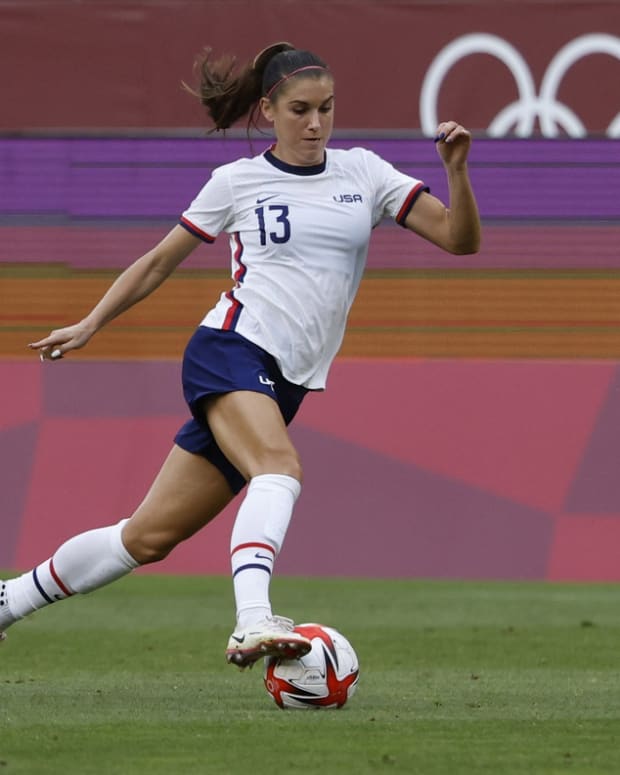
Over the years, there has been an increase in senior athletes. This is due to more people participating in competitions. Many factors have led to an increase in the number of older adults taking part in sports, including a growing interest from seniors in the sport. Although physical fitness tends to decline with age, there are still ways to stay active and fit.
Sport motivation
Sport motivation in senior athletes is influenced by competition level, age, and gender, according to a recent study. The validated questionnaire was used in the study to measure motivation for sport participation. Table 1 shows the results. The participants were separated by sport. The questionnaire also had psychometric properties, according to the results.
The study used a sample of 316 junior and senior athletes who competed in three team sports. Three questionnaires were completed by the participants. They were also categorized according to their sport and competition level. Results showed that handball players were the most motivated to succeed, while football players had the highest motivation levels.
With aging, physical fitness declines.
Ageing can lead to decreased physical fitness. This includes a decrease of muscular mass, strength, endurance, and force. It can also lead to a loss of range of motion in the muscles, making them less flexible and less able to do strenuous exercises. Despite these changes, many seniors are still capable performing extraordinary feats.
According to the study, aerobic capacity of men and women decreased by 20% each decade. After 40, the decline in aerobic capacity was greater for men than it was for women. This accelerate rate of decline can have serious consequences for your functional independence and your quality of living.
Exercise regimens
Athletes of all ages can benefit from an exercise regimen. Cardiorespiratory exercise, strength-training exercises, balance and flexibility exercises should all be included in senior athletes' workouts. These exercises can increase their strength and balance. Even though older athletes have fewer injuries, they still need the muscles and endurance necessary to keep up with their competition.
Before you begin an exercise program, get a medical clearance. The intensity of your exercise may need to be modified if there are any past injuries or chronic conditions. To get the best out of your program, you might need to change your medication schedule or meal plan.
Nutrition
Senior athletes require nutrition that is customized to their particular needs. In general, athletes should follow the principles of good nutrition to maximize overall health and athletic performance. A personalized diet should be recommended and should also include recommendations for preventive health. A registered dietitian is able to provide senior athletes with dietary prescriptions. Senior athletes may also be interested to learn more about topics such exercise and weight control.
In order to achieve a balanced diet, older athletes should focus on consuming nutrient-dense foods and a high amount of quality calories. This will help you recover faster from hard training and lower your risk of developing age-related debilitating diseases. An older athlete should concentrate on eating healthy carbohydrates to fuel them and maintain their weight. They should also eat foods high in fiber and antioxidants.
Balance
Balance is a major concern for senior athletes due to the physiologic changes associated with age. Professionals in sport and orthopedic healthcare must first understand these changes to ensure safe, effective athletic performance. After understanding the body's changes, they can create and implement an SMT Program to address them. Balance training is an important component of overall fitness. It improves muscle strength and postural alignment.
Balance relies on proprioception (also known as joint placeal sense). Studies have shown that elite athletes with ACL tears have significantly decreased Joint Positional sense, suggesting that secondary injury issues could be present. In one study, researchers compared the Joint Positional Sense of 30 athletes with UCL tears to 30 athletes who had not undergone ACL injury.